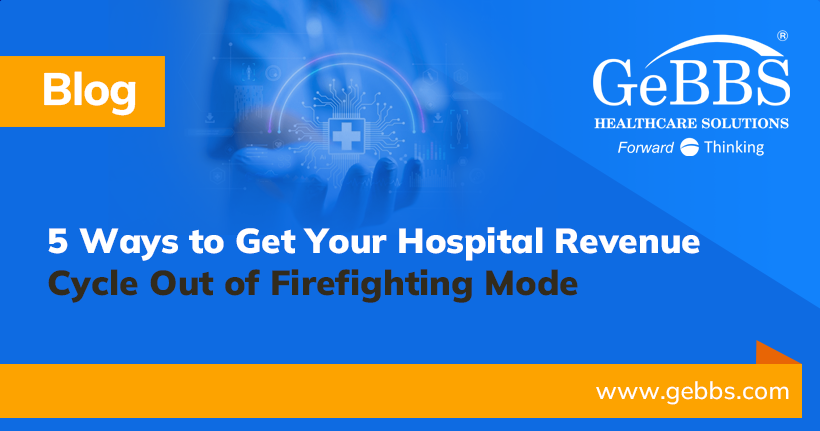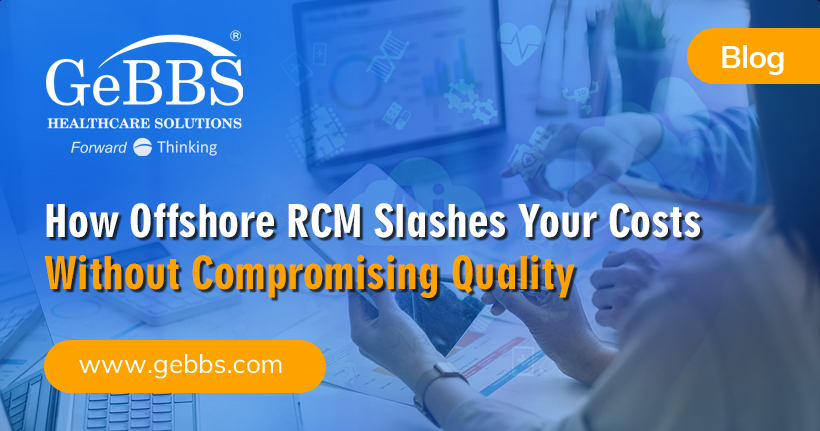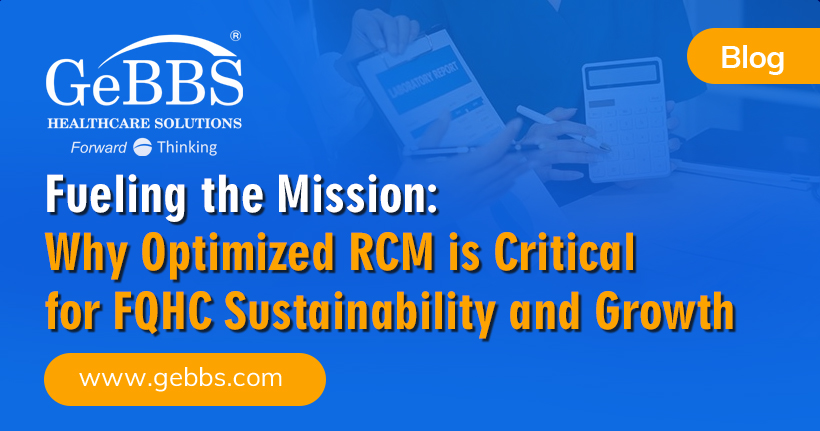If you’ve ever worked in a restaurant or commercial kitchen – you know one of the golden rules is to “Clean as You Go.” Employing a “Clean As You Go” policy is lauded not only for its efficiency, but also for its ability to reduce the risk of problems associated with health, safety and hygiene – and is even used in manufacturing and aerospace industries. Why? Doing the work as you go means you’re more likely to get it right and do it well – when you’re in the moment.
Much like in the restaurant business, concurrent coding review in healthcare is similar in theory to a “Clean As You Go” policy. With concurrent review, nurses or utilization review team members are charged with reviewing the medical record throughout a patient’s encounter or course of treatment to ensure the patient is getting the right care at the right time and that proper documentation is in place. With this approach, the utilization management team can connect with providers who are responsible for delivering (and documenting!) the care provided to make sure all the patients’ diagnoses and treatments are accurately captured in the medical record.
The benefits of this approach are many. First, it’s another set of clinical eyes making sure the patient is getting the highest quality care based on evidence-based practice. Secondly, the medical record is accurate and complete the first time. This can have massive effects on the revenue cycle by streamlining billing, reducing denials, and eliminating the need to go back later and correct inaccurate claims (which is often a red flag for regulatory scrutiny).
When it comes to risk adjustment, the financial benefits of concurrent review are also clear. That’s because a patient’s risk adjustment factor (RAF) – which measures how much it’s likely to cost to meet a patient’s healthcare needs – has a direct impact on the payments a provider will receive (from the payer) in exchange for caring for that patient. A patient’s RAF score is derived solely from documentation of diagnoses, social determinants of health, and other elements that aren’t always captured accurately in the medical record – which is why getting documentation right is serious business.
So why are so many organizations still using retrospective chart reviews? Most likely because old habits die hard and change isn’t easy – especially in healthcare where technology and policy changes are slow to catch on for many.
For organizations looking to enhance their risk adjustment coding programs, beginning a concurrent review process is an important step in making strides toward ensuring your HCC coding is accurate and reflective of each patients’ diagnoses and treatment.
Utilization management teams that “Clean as They Go” with concurrent review often report that members are more appropriately risk adjusted. Having real-time access to risk adjustment conditions at the time of a patient’s visit can help improve the accuracy of RAF – which can have a significant impact on your revenue cycle. While establishing a concurrent review process isn’t easy – it’s worth the time, resources and energy to do it right.
GeBBS Healthcare Solutions offers a wide range of technology enabled payer solutions including concurrent coding review, HCC coding, risk adjustment, and chart retrieval. To learn more, visit gebbs.com.






